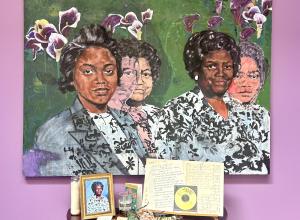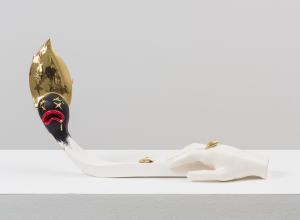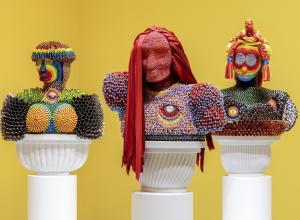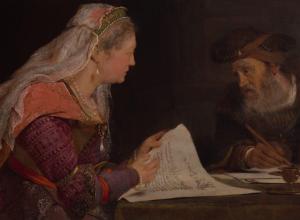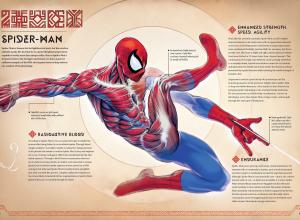Amy Sherald’s decision to pull her show from the Smithsonian’s National Portrait Gallery in July over censorship concerns is the latest in a growing list of artist-initiated exhibition withdrawals. American Sublime will instead open at the Baltimore Museum of Art in November with large-scale portraits of Black cultural figures like Michelle Obama and Breonna Taylor. It will also include a painting of a transgender woman posing as the Statue of Liberty that the National Portrait Gallery allegedly considered excluding from their planned exhibition. Smithsonian Secretary Lonnie G. Bunch III proposed replacing or accompanying the painting with a video, which Sherald felt “would have opened up for debate the value of trans visibility” and led to her withdrawal.
The National Portrait Gallery and other Smithsonian museums are bracing themselves after the White House announced a widespread review of materials in mid-August. Already, multiple national parks have been ordered to remove signs and exhibits related to slavery, including the famous image of escaped slave Peter Gordon’s scarred back. Agency employees have been ordered to report any information that might be out of compliance, and park visitors are provided QR codes to do the same.
Unsurprisingly, discussions about the content of exhibitions extend beyond the Smithsonian Institution. A group of artists participating in the Whitney Museum’s Independent Study Program withdrew their work from an exhibition at Westbeth Gallery in May as a response to the cancellation of a pro-Palestine performance. Although other works in the show addressed the Israeli occupation and the war in Gaza, museum leaders decided the performance valorized violence too blatantly.


![DEl Kathryn Barton [Australian b. 1972] the more than human love , 2025 Acrylic on French linen 78 3/4 x 137 3/4 inches 200 x 350 cm Framed dimensions: 79 7/8 x 139 inches 203 x 353 cm](/sites/default/files/styles/category_card_187x139/public/ab15211bartonthe-more-human-lovelg.jpg?itok=LJbNuU6F)

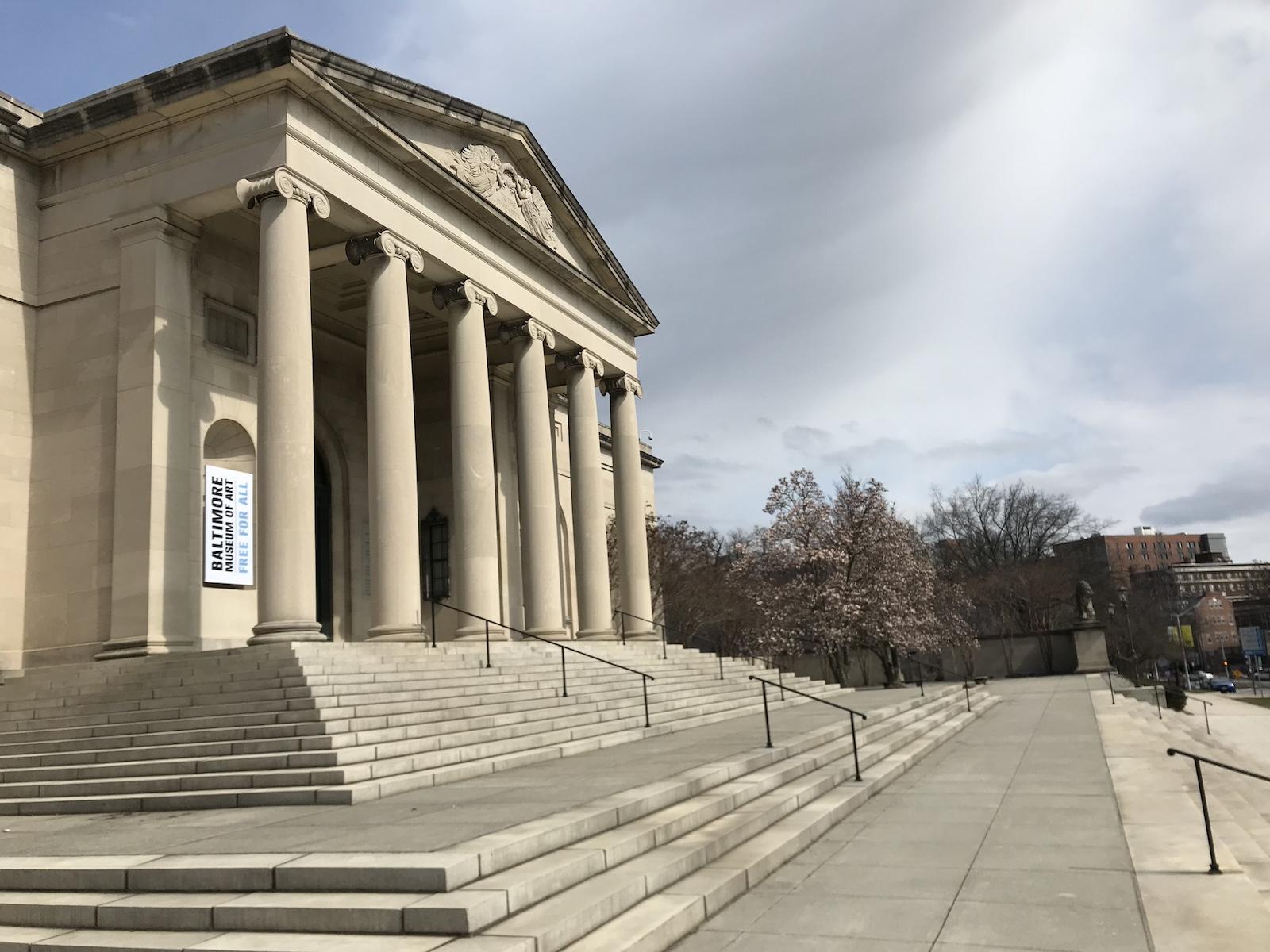
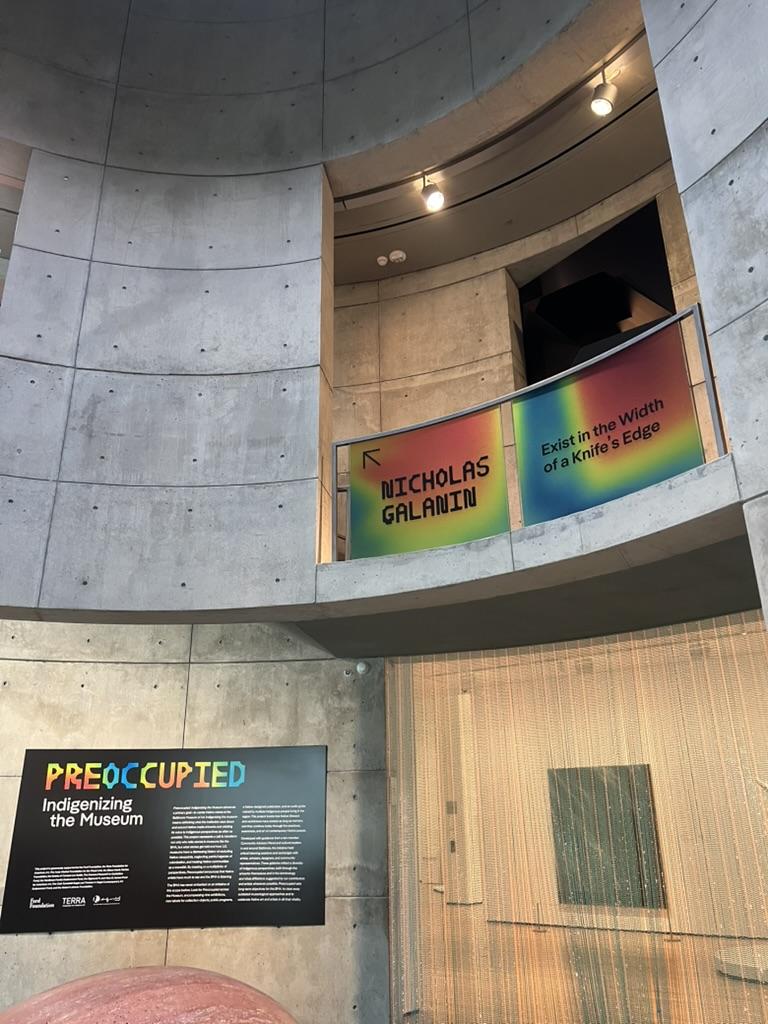
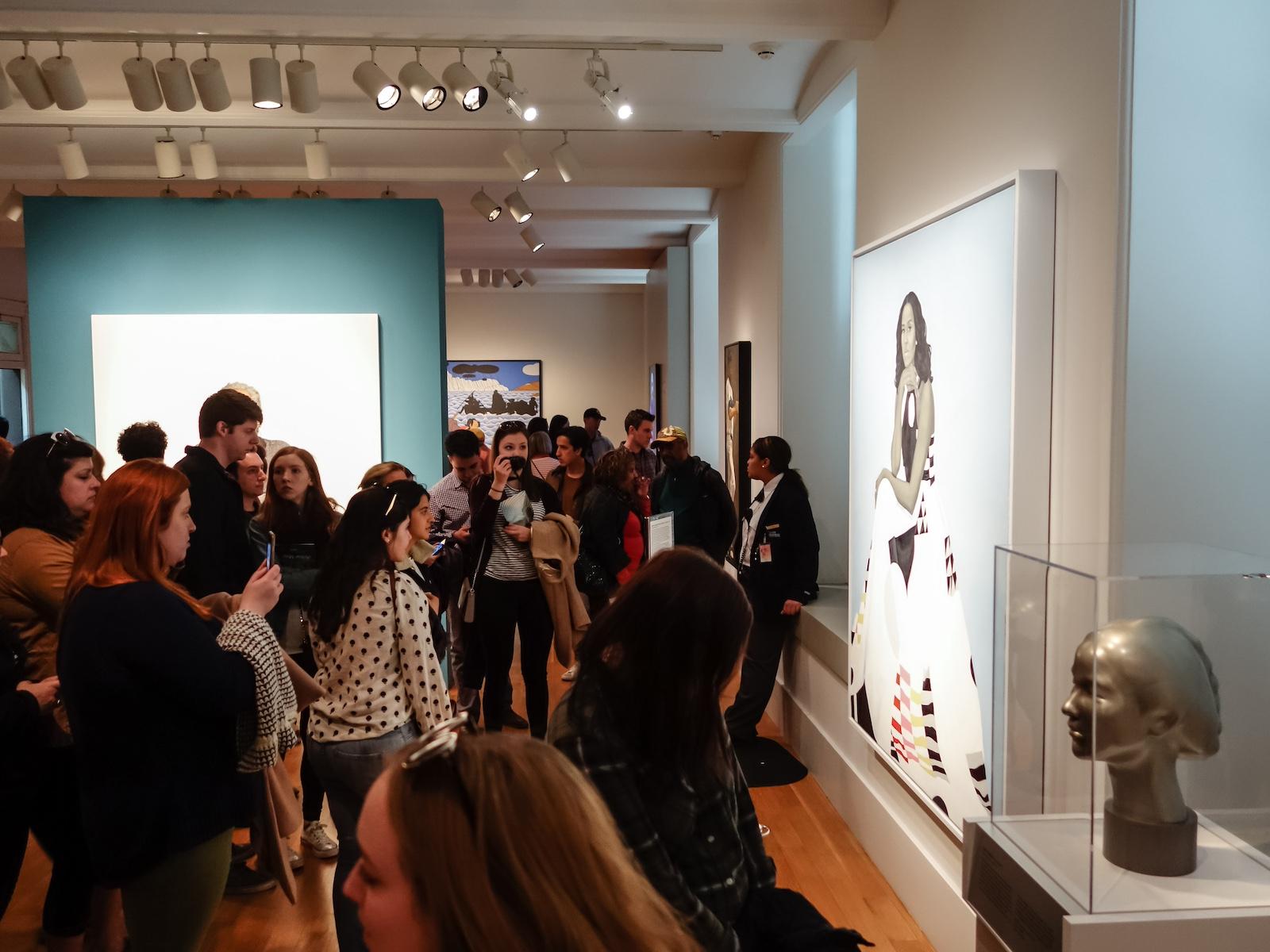

![DEl Kathryn Barton [Australian b. 1972] the more than human love , 2025 Acrylic on French linen 78 3/4 x 137 3/4 inches 200 x 350 cm Framed dimensions: 79 7/8 x 139 inches 203 x 353 cm](/sites/default/files/styles/image_5_column/public/ab15211bartonthe-more-human-lovelg.jpg?itok=wW_Qrve3)

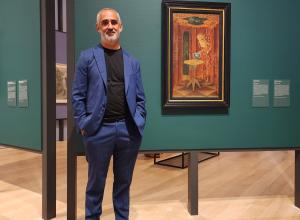


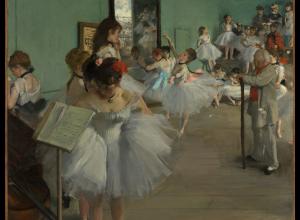


![DEl Kathryn Barton [Australian b. 1972] the more than human love , 2025 Acrylic on French linen 78 3/4 x 137 3/4 inches 200 x 350 cm Framed dimensions: 79 7/8 x 139 inches 203 x 353 cm](https://www.artandobject.com/sites/default/files/styles/image_5_column/public/ab15211bartonthe-more-human-lovelg.jpg?itok=wW_Qrve3)

